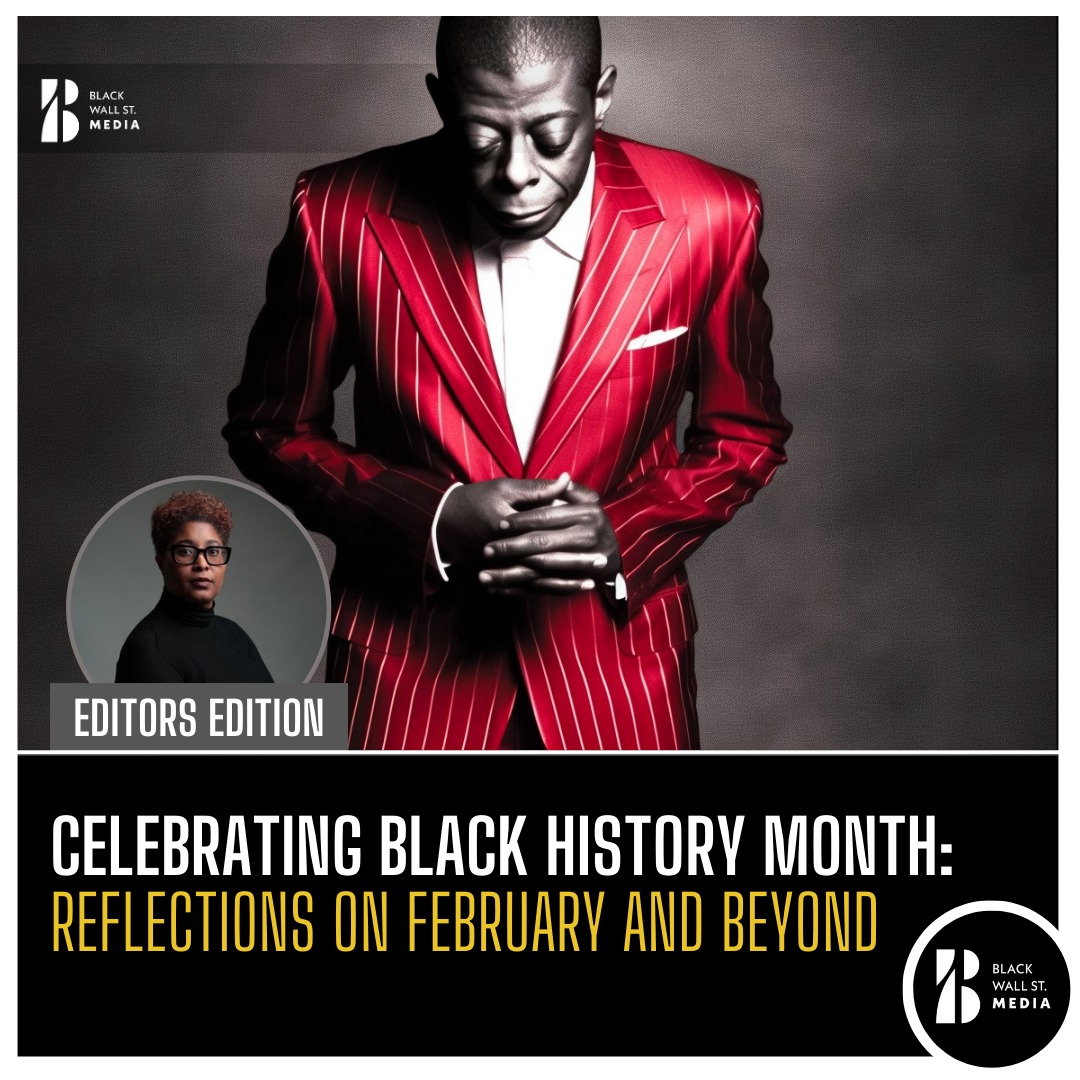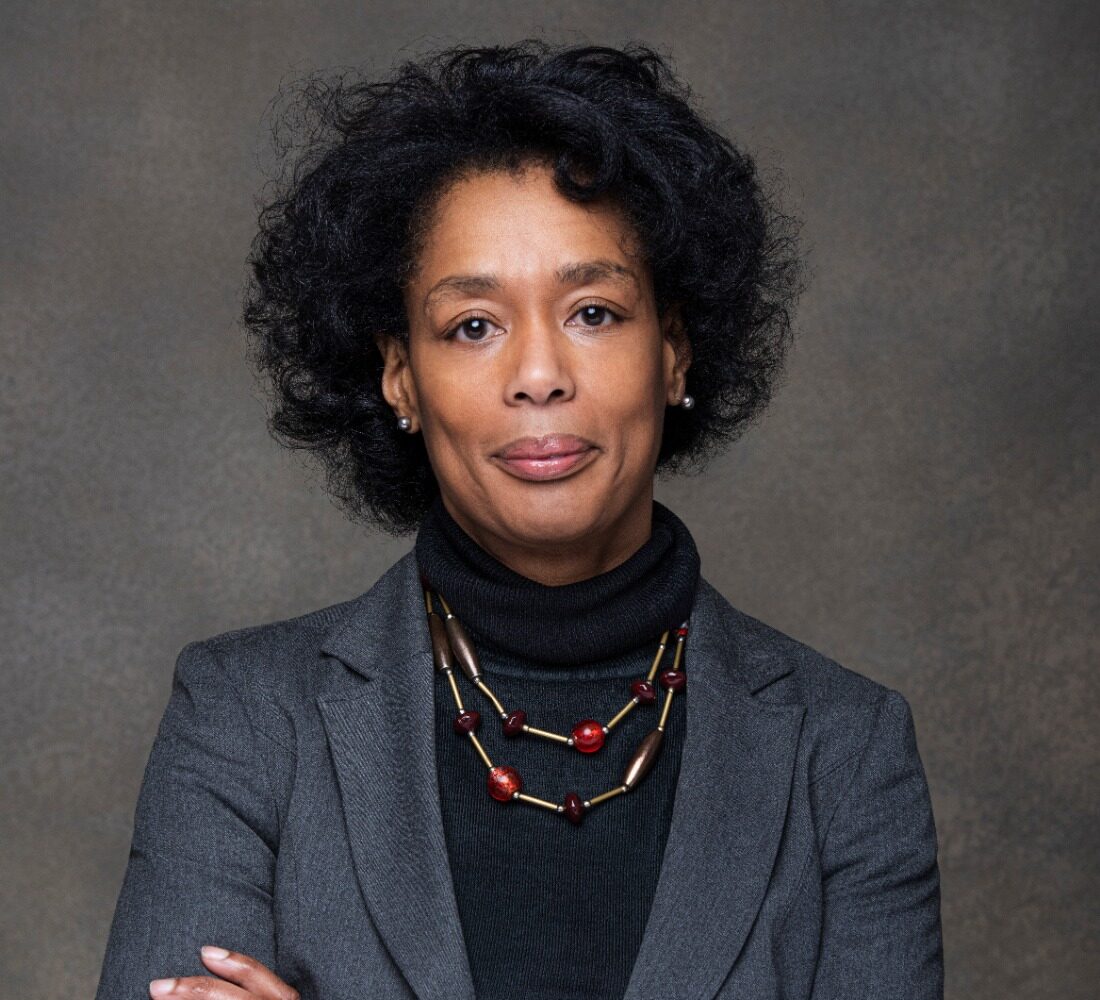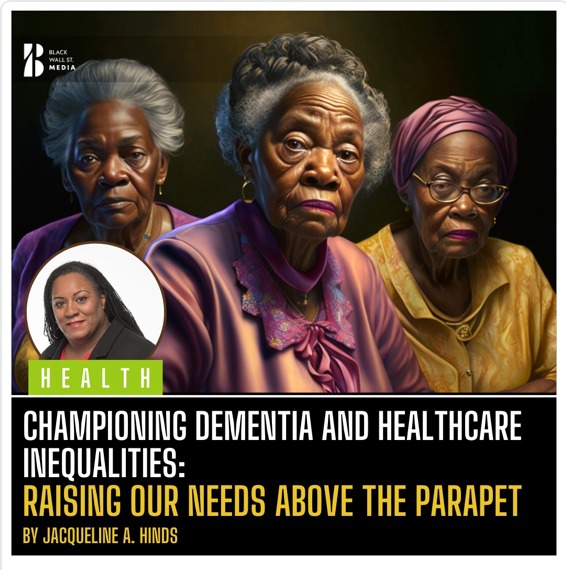
 Even though British Black History Month is in October, February always seems like a great excuse to celebrate it with our American diaspora.
Even though British Black History Month is in October, February always seems like a great excuse to celebrate it with our American diaspora.
Yes, I have ties to America and have lived there but it’s more than that. Maybe it’s because like so many of us, I feel that the celebration of Black achievement should not end at the close of the month.
It is something that must be remembered year-round. As I always say, I am black all year round and so my history and identity matter all year round!
Still, until we get to a place where that is recognised, I’ve happily celebrated BHM again and part of that process was assisted by reading the February of Black Wall St Media.
Sadly, our eyes were drawn yet again to the issue of police brutality with the Tyre Nichols case and like so many others, my heart bled for him and his family.
It was a horrific incident.
The case was unique because five police officers charged with murdering Nichols are Black. Some found this conflicted with the idea of racist police but I didn’t see it that way.
To me, the race of the officers involved is less important than the race of the victim. It is still another case of the historically biased culture of policing that puts Black people at risk regardless of an officer’s race. I think that makes the situation even scarier.
It was perfect timing to read Karen Geddes QPM (HON) (Lecturer Staffordshire University and Former Supt. West Midlands Police – Founder of The Thin Black Line ‘If not you, then who?) article
‘The thin black line’ – The Changing Face of Policing’ which was a refreshingly honest and informative insight into black policing.

 A forgotten aspect of racial equality that should be paid special attention to during black history month is economic equality.
A forgotten aspect of racial equality that should be paid special attention to during black history month is economic equality.
Without money and opportunities rooted in our global communities, there is no real progress.
Black-owned businesses equate to financial freedom and are important in the fight for racial justice.
So, it’s important to remember that when we discuss anything involving the workplace, the law, new regulations surrounding equality and equity, it’s very much our business.
So, when Diane Greyson asked, ‘Is the Equality Act 2010 Strong Enough to Protect Employees?’ in the article this month, I paid attention.
The protected characteristics that the Equality Act 2010 protects are sex, age, disability, pregnancy and maternity, marriage and civil partnership, sexual orientation, race, religion, and gender reassignment.
Her article reminds us that the reason why we have these protected characteristics is to ensure that our rights to be treated fairly are protected.
No one should discriminate against you because of any of the characteristics mentioned above.

 What I loved about February’s edition was how diverse the contributions were.
What I loved about February’s edition was how diverse the contributions were.
There was a little bit of everything and that made it such an engaging edition.
As someone who has been directly affected by dementia, Jacqueline A. Hinds article ‘Championing Dementia and Healthcare Inequalities: Raising Our Needs Above the Parapet’ was informative and touching.
She importantly highlighted a study published in the Journal of Clinical Epidemiology in 2018, outlining dementia diagnosis broken down by ethnicity and gender headed up by lead author Dr Claudia Cooper, University College London and King’s College London.
The study found that Black people were deemed 22% a higher risk of developing dementia but, were less likely to be diagnosed than white people.
These are the things we need to be aware of.
 Another interesting read was a piece on researchers discovering new information about the earliest inhabitants of Ireland and some data suggesting that the first settlers were Black people with blue eyes.
Another interesting read was a piece on researchers discovering new information about the earliest inhabitants of Ireland and some data suggesting that the first settlers were Black people with blue eyes.
In April 2021, Geneticist Dr. Lara Cassidy told the publication that forensic data revealed surprising information about Black prehistoric Irish people, who were known to be hunters and gathers.
They lived on the island for nearly 4,000 years before settled farmers took over.
So, it’s important to remember that when we discuss anything involving the workplace, the law, new regulations surrounding equality and equity, it’s very much our business.
So, when Diane Greyson asked, ‘Is the Equality Act 2010 Strong Enough to Protect Employees?’ in the article this month, I paid attention.
The protected characteristics that the Equality Act 2010 protects are sex, age, disability, pregnancy and maternity, marriage and civil partnership, sexual orientation, race, religion, and gender reassignment.
Her article reminds us that the reason why we have these protected characteristics is to ensure that our rights to be treated fairly are protected.
No one should discriminate against you because of any of the characteristics mentioned above.

 I thought February was a great month to launch Tea & Chat, the chat show I have hosted for many years that I have revamped and bought back after popular demand in the form of a podcast.
I thought February was a great month to launch Tea & Chat, the chat show I have hosted for many years that I have revamped and bought back after popular demand in the form of a podcast.
February was also the month of Valentine’s Day and I thoroughly enjoyed my Tea & Chat Valentines special where I was joined by relationship expert Sionhan Copland and psychotherapist Dawn Estefan.
Other episodes for February included a very important topic ‘Does Body Size Matter?’ which featured Kat Henry and Nazia Khatun and ‘To Be or Not to Be an Entrepreneur’ with powerhouses Andrea L. Richards and Chib Nwonkonkor.




 February has been quite a month. As we step in to a whole new season with Spring getting ready to make an appearance, and with it ideas of rebirth, rejuvenation, renewal, resurrection and regrowth, I look forward to embracing them all as an individual and as a diaspora.
February has been quite a month. As we step in to a whole new season with Spring getting ready to make an appearance, and with it ideas of rebirth, rejuvenation, renewal, resurrection and regrowth, I look forward to embracing them all as an individual and as a diaspora.